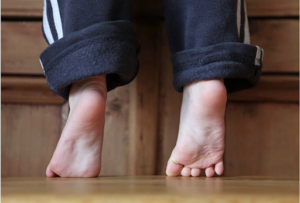
What is Hand Dominance?
Children should be able to use both hands in play. However, as tasks become increasingly complex, almost all children develop one hand that they use automatically to act on other objects. Hand dominance is not a preference, but a developmental process that allows the brain to advance their skills.









